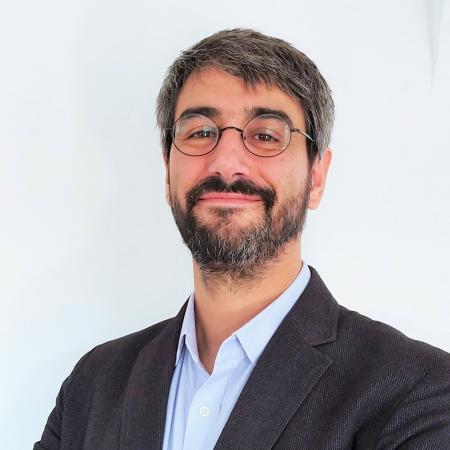
Alessandro Bortolon
Alessandro Bortolon
Princeton Plasma Physics Laboratory
Friday, October 26, 2018
11:00am
Abstract: The seminar will introduce recent experiments carried out in DIII-D and ASDEX-Upgrade tokamaks, exploring the possibility of generating boron coatings in “real-time”, by injection of boron and boron enriched powders during tokamak operation. The experiments were enabled by a device developed by Princeton Plasma Physics Laboratory (PPPL), to inject calibrated amounts of a wide range of impurity species in form of powder. In both devices following injection of pure boron or boron nitride powder, wall conditioning effects similar to boronization were observed, such as reduced deuterium recycling or impurities. Also, in both machines, boron dust injection appeared to be instrumental to achieve plasma scenarios with low collisionality scenarios in subsequent plasma operation. The collected dataset suggests that boron dust injection might be used to supplement the standard boronization and extend its beneficial effects by regenerating the coatings during tokamak operation. This could not only facilitate the operation of present day devices, but also open avenues to sustain high-performance in long pulse machines.
Bio: Dr. Alessandro Bortolon is a research physicist of Princeton Plasma Physics Laboratory, presently working on the DIII-D tokamak in San Diego, leading the research on the effects of actively-injected, non-recycling impurities on key aspects of fusion plasmas. He completed his doctoral research at the Swiss Federal Technical Institute focusing on measurement of intrinsic plasma rotation, momentum transport and spontaneous rotation reversals in the TCV tokamak. He subsequently conducted his postdoctoral research at PPPL, on the NSTX spherical torus, turning his interest to energetic particle physics, in particular fast-ion transport and fast-ion driven instabilities in presence of externally applied magnetic perturbations. His present research on DIII-D investigates the use of controlled injection of low-Z, non-recycling impurities in form of solid granules or powder, as innovative tools to improve energy confinement, mitigate edge localized instabilities or address the issue of divertor power exhaust.